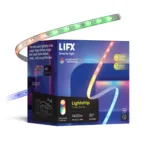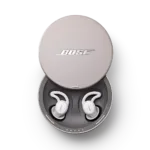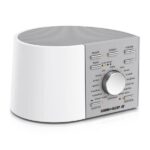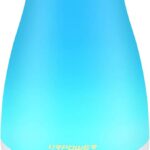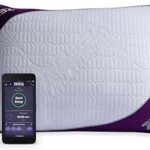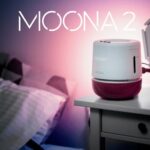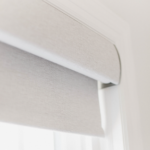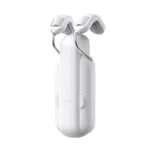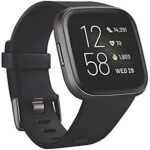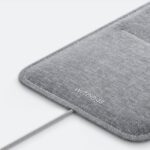Sleep is fundamental to our well-being, influencing everything from our mood to our health. As technology evolves, so do the solutions available to enhance the quality of our sleep. This article explores the best smart sleep technology currently available, helping you turn your bedroom into a haven of rest and relaxation.
Intelligent Climate Control:
Optimizing Bedroom Temperature for Restful Sleep
The importance of a controlled sleep environment cannot be overstated. A room that’s too hot or too cold can significantly disturb your sleep. Smart thermostats and advanced HVAC systems offer a solution by maintaining the ideal temperature in your bedroom based on real-time adjustments and pre-set preferences.
Latest technologies like the Nest Thermostat learn your habits and adjust the temperature automatically, ensuring your bedroom is always at an optimal setting for sleep. The integration of these systems with other smart home devices can further enhance their effectiveness, allowing for a seamless sleep experience.
User experiences highlight the benefits of a climate-controlled environment, with many reporting not only improved sleep quality but also enhanced energy during the day.
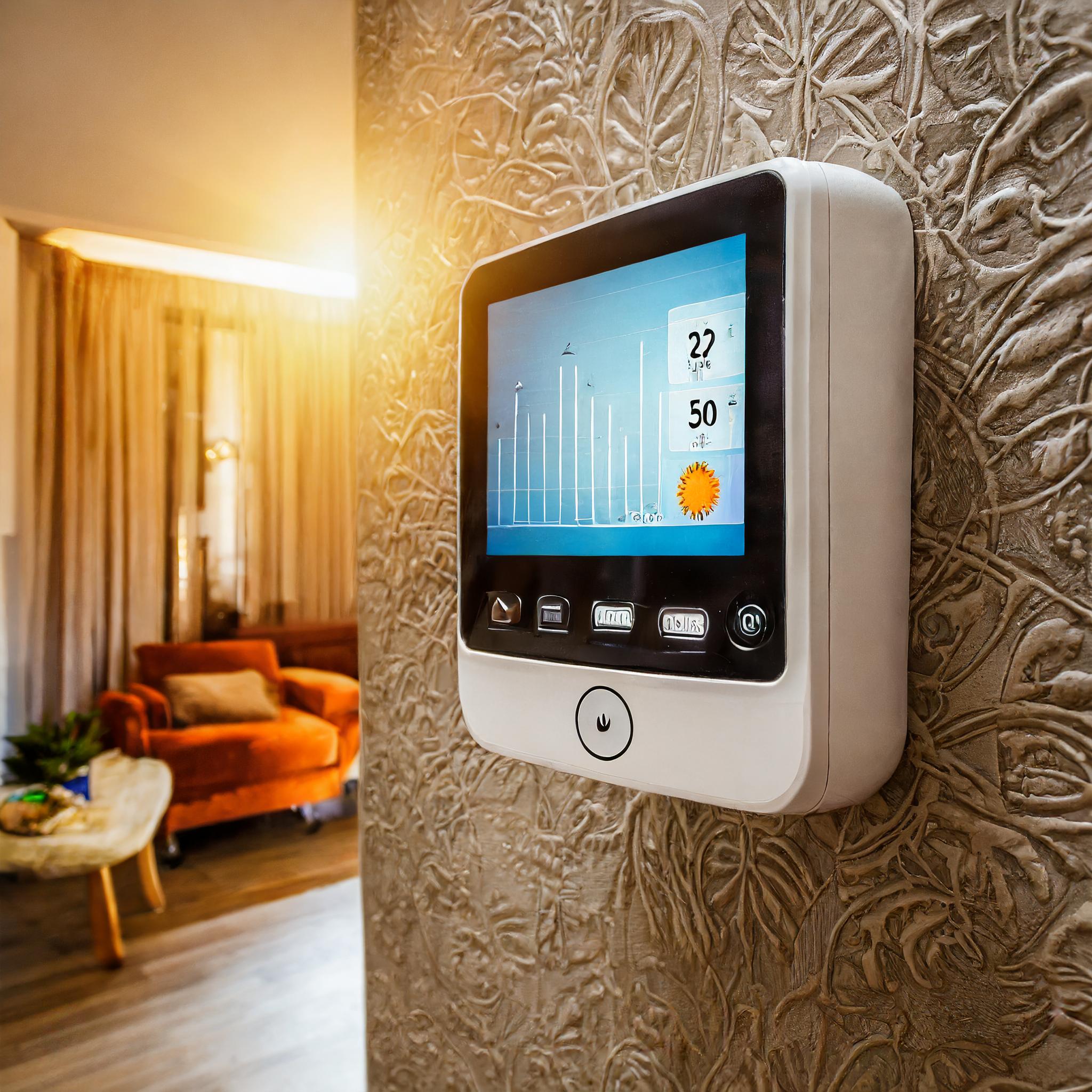
Product Tip: Look for thermostats that offer easy integration with other smart devices, have user-friendly interfaces, and provide detailed analytics on your heating and cooling patterns.
Smart Mattresses:
Tailoring Comfort to Your Sleep Patterns
Smart mattresses represent a leap forward in sleep technology. Equipped with sensors, these mattresses monitor your movement during the night and adjust firmness, temperature, and even elevation to suit your personal sleep needs.
Models like the Sleep Number 360 smart bed can adjust each side of the bed independently, catering to the needs of couples efficiently. By analyzing your sleep patterns, these beds optimize your sleep environment for maximum comfort and support.
Consumer reviews often cite better sleep quality, reduced back pain, and higher overall satisfaction with their sleep system.
Setup Note: Ensure that your smart mattress is compatible with your home network for full functionality. Follow the manufacturer’s instructions closely to calibrate the bed according to your preferences.
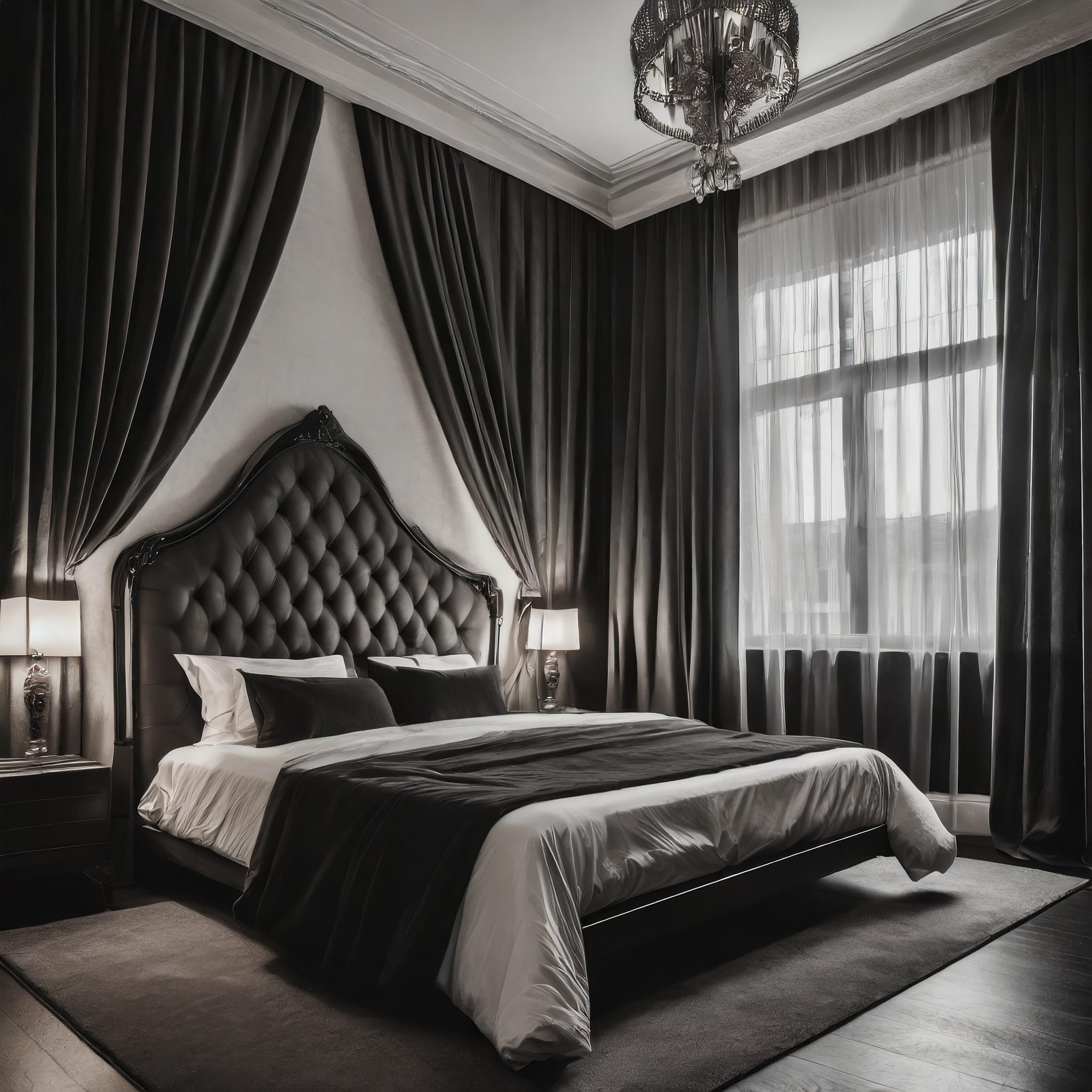
Luxury Lighting Solutions:
How Smart Lighting Can Sync with Your Sleep Cycle
Light plays a crucial role in regulating our sleep-wake cycle. Smart lighting systems like Philips Hue can be programmed to mimic the natural progression of the sun, helping to regulate your circadian rhythm.
These systems can be set to gradually dim as you prepare for bed, creating a calming environment conducive to sleep. In the morning, lights can slowly brighten, helping to wake you naturally without the abrupt interruption of an alarm.
Installation Tip: Most smart lighting systems are designed for easy installation. Ensure your lights are placed where they will be most effective, such as near the bed or in the path you take when you first get up.
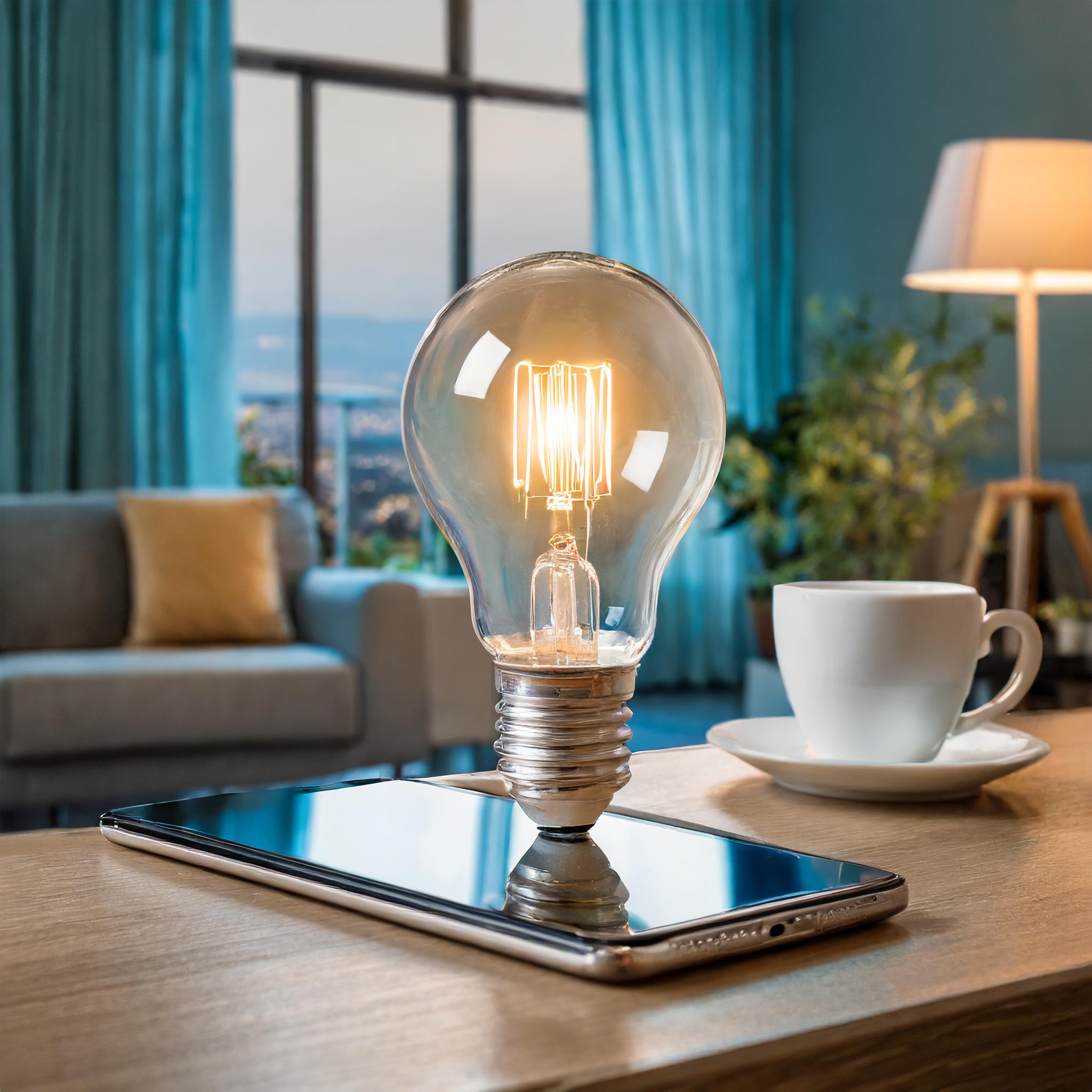
Sound Innovations:
White Noise Machines and Soundproofing for Serenity
Noise can significantly impact sleep quality. White noise machines help mask disruptive sounds with soothing sounds like rainfalls or ocean waves, which can promote better sleep. Brands like Marpac Dohm are favored for their durability and range of sound options.
Tips for soundproofing your bedroom might include adding thick curtains, sealing gaps in windows, and using rugs or carpets to minimize noise. Experiment with different sounds on your device to find the one that works best for you. Some machines offer customizable soundscapes or even the option to upload your own audio tracks.
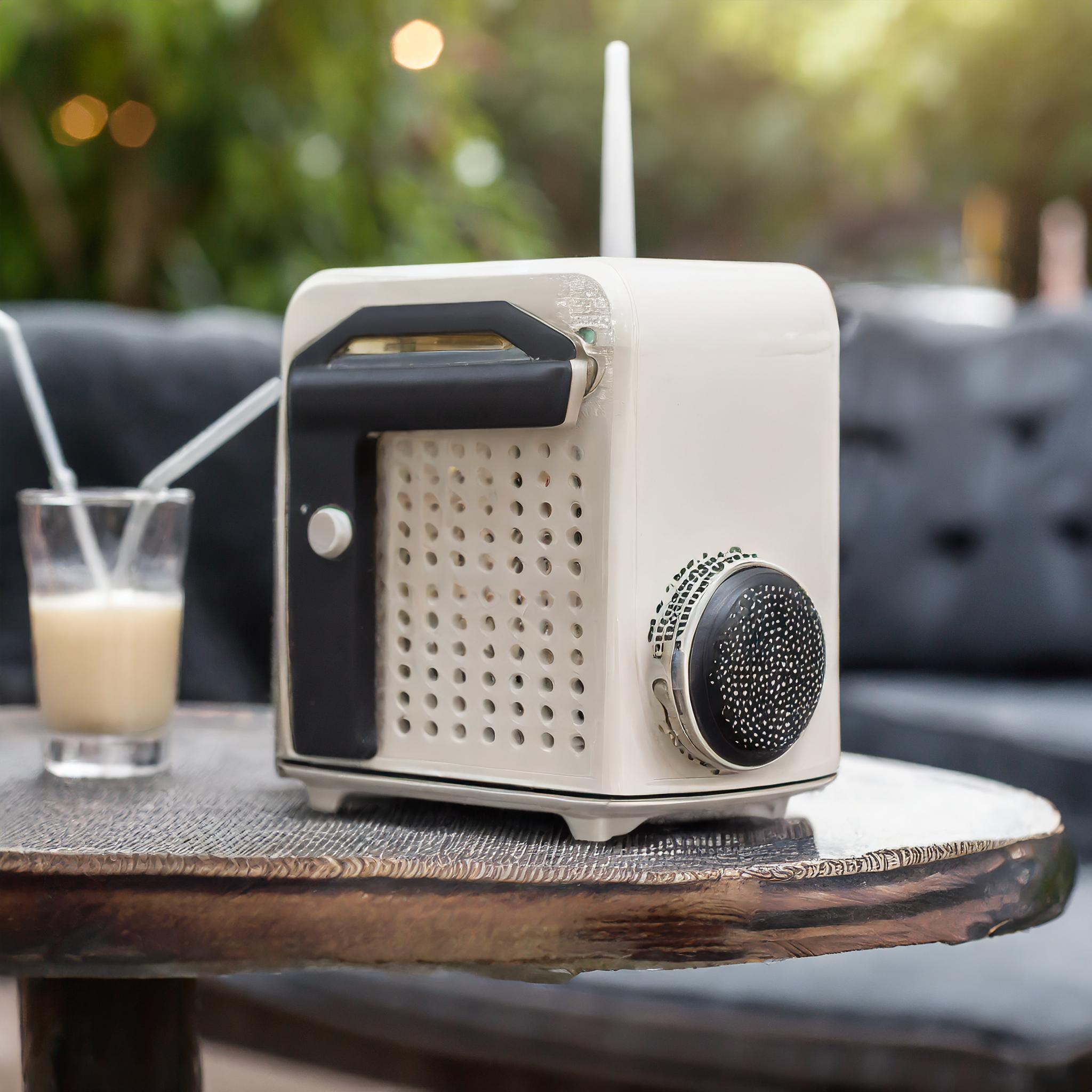
Aromatherapy Diffusers:
Infusing Relaxation Into Your Bedroom Environment
The use of essential oils like lavender, chamomile, and sandalwood has been shown to promote relaxation and sleep. Smart aromatherapy diffusers can be programmed to release these scents in line with your bedtime routine.
Ensure you choose oils that are natural and free from additives for the best effect. Devices that integrate with other smart home technologies can offer additional conveniences, like remote activation and automatic shutoff.
Safety Warning: Keep diffusers clean and follow manufacturer guidelines to avoid issues like over-saturation of scents or mechanical failures.

High-Tech Pillows:
Cooling, Comfort, and Sound
Innovations in pillow technology have led to products that offer cooling surfaces, built-in speakers, and even anti-snore features. For those who struggle with overheating at night, cooling pillows can provide significant relief.
Features that enhance sleep quality include ergonomic designs that support the neck and spine, memory foam materials that adapt to your shape, and hypoallergenic fabrics.
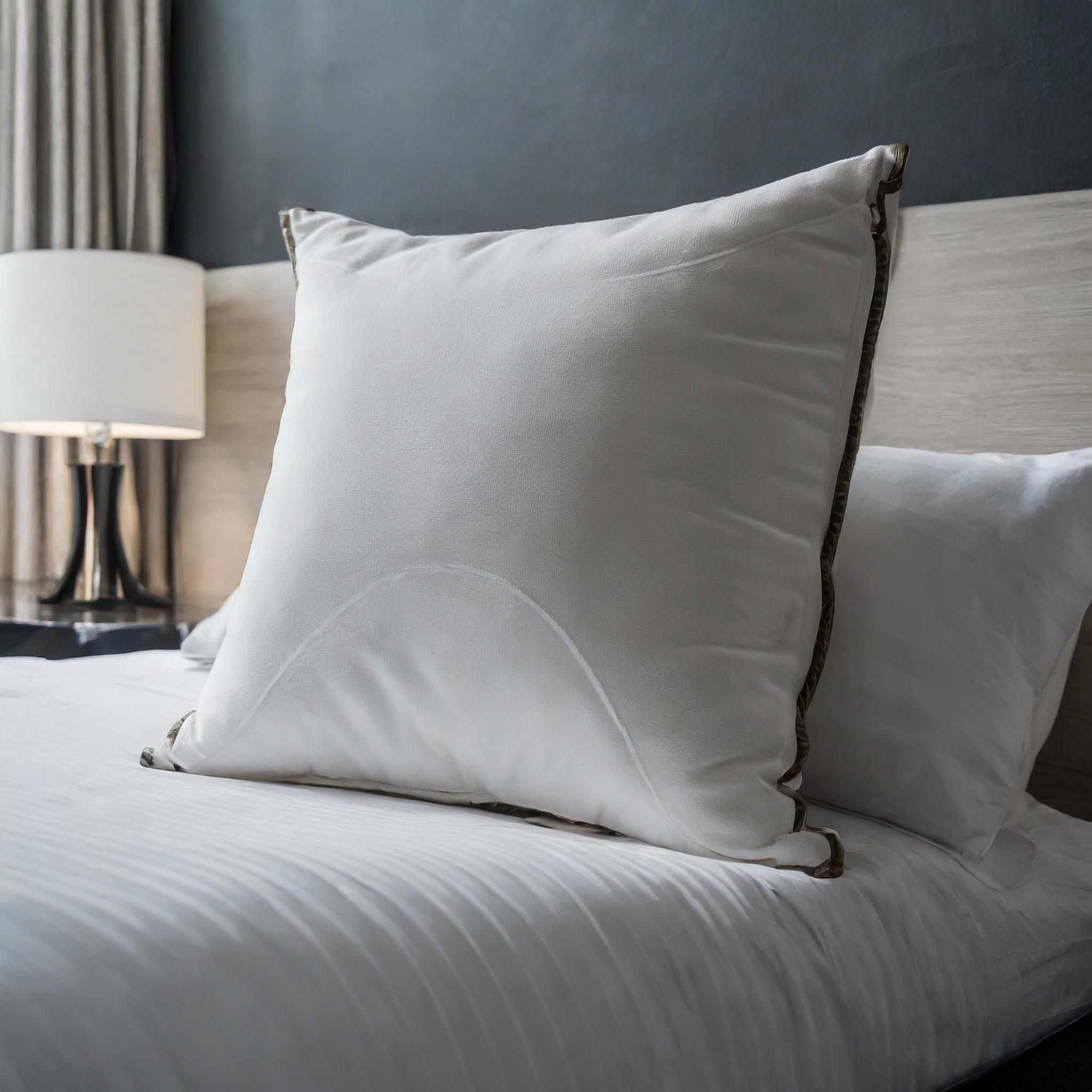
Automated Curtains and Blinds:
Harnessing Light for Better Mornings
Automated curtains and blinds can be programmed to open and close in alignment with your sleep schedule. This technology allows you to wake up to natural light, which can help set a natural rhythm to your day right from the start.
Choose automated systems that can be controlled via a smartphone app for ease of use. Ensure that they are compatible with other smart home systems for the best experience.
Troubleshooting: If you encounter issues with your automated curtains or blinds, check the connectivity settings and ensure they are properly calibrated with your home’s Wi-Fi network.
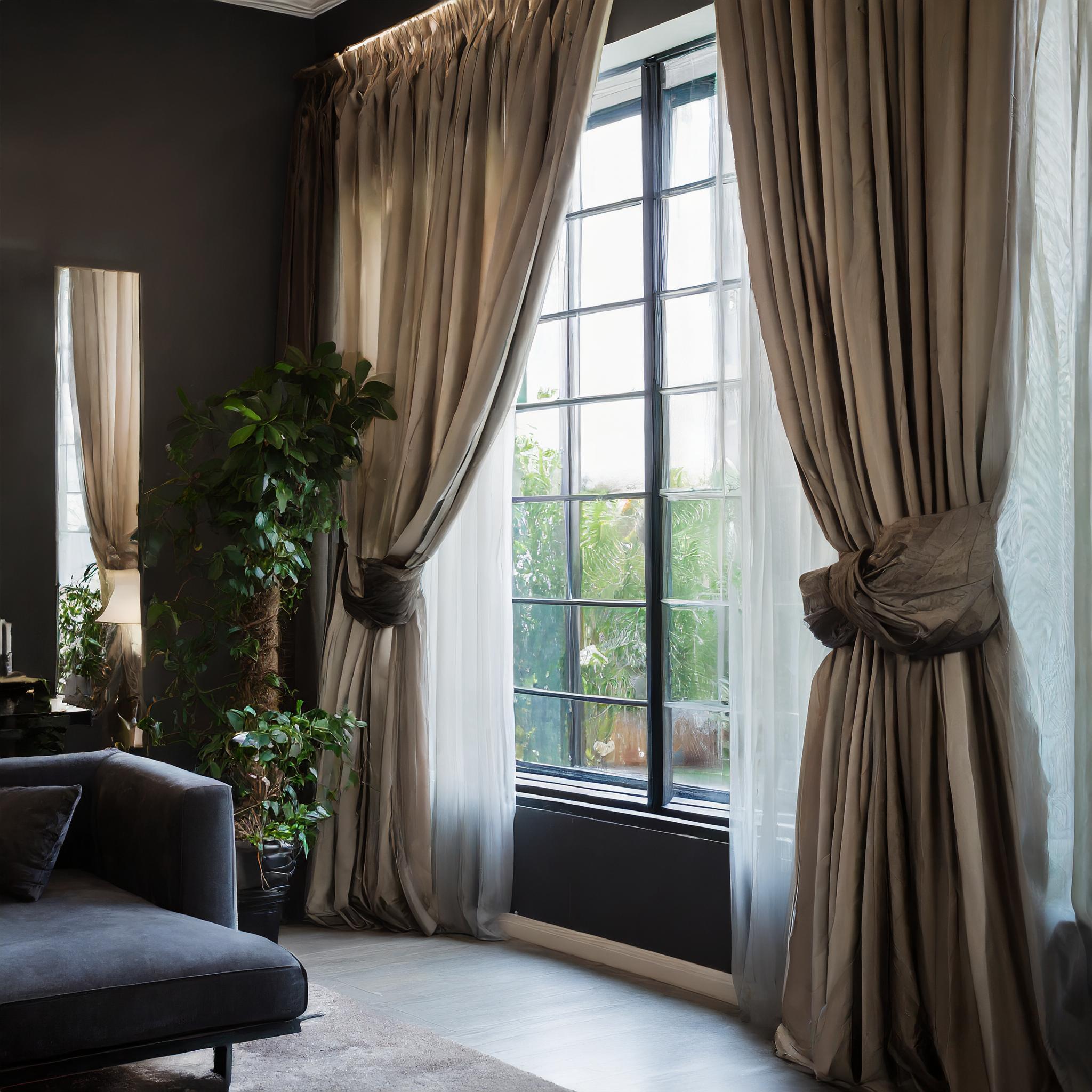
Smart Sleep Trackers:
Monitoring and Improving Your Sleep Health
Sleep trackers come in various forms, from wearable watches to under-mattress sensors. These devices provide insights into your sleep patterns, such as sleep duration, quality, and sleep cycles.
How they help improve sleep: By understanding your sleep patterns, you can make informed adjustments to your lifestyle and sleep environment, potentially addressing issues like insomnia or sleep apnea.
Connect your sleep tracker with other smart devices to automate your bedroom environment based on the data collected, enhancing your overall sleep experience.

Final Thoughts
Integrating smart technology into your sleep routine can significantly enhance how well you rest at night. With options ranging from smart mattresses to lighting that syncs with your circadian rhythm, there’s no shortage of solutions that can transform your bedroom into the ultimate sleep sanctuary.
Further Reading:
- “The Sleep Solution: Why Your Sleep is Broken and How to Fix It” by W. Chris Winter, M.D. – Dr. Winter offers practical advice for tackling various sleep issues, including insights into the role of technology in sleep enhancement.
- “Wearables and sleep: What can they really tell us?” on Harvard Health Blog – This article discusses the latest advancements in sleep technology and their implications for personal health.
- “The Best Gadgets to Improve Your Sleep” on CNET – A review of top-rated sleep gadgets and how they can enhance your sleep experience, providing both product details and user feedback.






